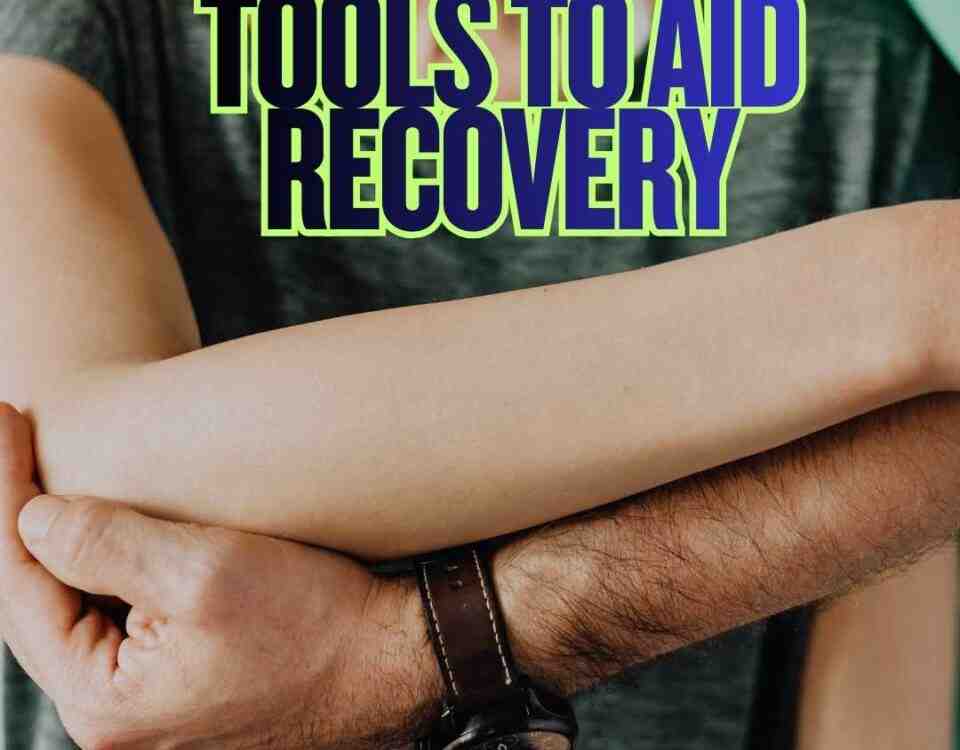Tips for Child Passenger Safety Week

NCV and EMG Testing After a Car Accident
September 16, 2024
Eat A Peach!
September 25, 2024- Accident doctor
- accupuncture
- airplane headache
- alzheimer's
- best habits
- Brain Injuries
- car accident
- car accidents
- cervical strain
- colds
- concussion
- Concussions
- disc bulge
- dosage meds
- dry needling
- dull pain
- E bike injuries
- florida
- good posture
- headaches
- Headrest positions
- Headrest positions after an accident
- Healthy choices
- Healthy flying
- healthy gift guide
- Healthy SPring Ideas
- hip pain
- hyperextension
- injury doctor
- insurance
- Kayaking
- kentucky
- kids motion sickness
- lifestyle
- motion sickness
- neck injury
- no fault insurance doctor
- noise healing
- osteoporosis
- pain symptoms
- pink noise
- posterior chain
- posture
- prevent osteoporosis
- Rest
- Scoliosis
- shoulder pain
- Stress with kids after a motor vehicle accident
- TBI
- tips
- tmj
- torn muscle
- Traumatic Brain Injury
- trigger points
- VitaminD
- What are Post Traumatic headaches?
Child Passenger Safety Week
This week, September 15-21, is recognized as Child Passenger Safety Week by the National Highway Traffic Safety Administration (NHTSA). Child Passenger Safety Week is a campaign focused on raising awareness about the importance of proper car seat use. According to the NHTSA, motor vehicle accidents are a leading cause of injury and death among children. The NHTSA emphasizes that correct car seat use can reduce the risk of fatal injury by up to 71% for infants and by 54% for toddlers. Choosing the right car seat based on a child’s age, weight, and height is essential for their safety. Dr. Deryk Harting, a member of Chambers Medical Group, one of the highest rated car accident medical care providers in Tampa Bay, discusses the recommendations NHTSA provides to help parents and caregivers choose the right option.
Types of Car Seats
There are several types of car seats, each designed for different stages of a child’s growth:
- Rear-Facing Car Seats: These seats are recommended for infants and toddlers and should be used from birth until at least age 2 or until they reach the maximum weight or height limit set by the seat manufacturer. Rear-facing seats provide optimal support for a child’s neck and spinal cord during a crash by acting as a cradle and moving with their body.
- Forward-Facing Car Seats: Once a child outgrows their rear-facing seat, typically around age 2 or 3, they can transition to a forward-facing car seat with a harness. This type of seat is designed to keep the child secure and protect them during a collision by limiting forward movement.
- Booster Seats: Once a child outgrows their forward-facing seat, usually around age 4 to 8, they should use a booster seat. Booster seats position the vehicle’s seat belt correctly onto stronger points of the child’s body. Improper seat belt placement, such as across the face, neck, or stomach, can lead to injury in the event of an accident.
- Seat Belts: Children should transition to using a seat belt when they are tall enough to sit against the back seat with their knees bent at the edge, usually around 4 feet 9 inches tall and between 8 to 12 years old. Proper seat belt usage requires the lap belt to be placed tightly across the upper thighs, not the stomach, and the shoulder belt be snug across the shoulder and chest, not the face or neck.
Selecting the right car seat at the right time might feel daunting, but the NHTSA provides additional recommendations and tips:
- Always read the car seat manual as well as the vehicle’s owner manual to ensure correct installation. Many manufacturers also provide online resources and installation videos.
- Proper installation is key. The NHTSA recommends that car seats be installed tightly, with less than an inch of movement when tested at the base.
- Many communities offer free car seat inspections by certified technicians. Some inspections can even be done virtually. The NHTSA’s website offers an online lookup tool to find a local technician.
- To maximize safety, keep children rear facing and in a car seat as long as possible- so long as they fit within the manufacturer’s height and weight requirements.
- Regularly check your child’s car seat for recalls. This can be done by registering the car seat with its manufacturer to receive recall and safety notices in addition to the NHTSA’s online recall list.
- Make sure to replace any car seat that has been involved in a crash, issued a recall notice, or shows signs of wear and tear.
- Keep children in the back seat at least through age 12.
Child Passenger Safety Week highlights the critical role that car seats play in protecting our children. While being involved in a car accident can be uncontrollable or even inevitable, choosing the right car seat to protect children is a decision within our control that significantly enhances their safety.
— This article is written by Deryk Harting, DC, one of the members of Chambers Medical Group’s team of car accident chiropractors who offer a variety of treatments and therapies ranging from diagnostic testing to various soft tissue therapies for car accidents and injuries in Florida.
- Car Accident Medical Clinic in Tampa
- Car Accident Medical Clinic in Plant City
- Car Accident Medical Clinic in Brandon
- Car Accident Medical Clinic in Lakeland
- Car Accident Medical Clinic in Sarasota
- Car Accident Medical Clinic in Louisville
- Car Accident Medical Clinic in Lexington
- Car Accident Medical Clinic in Florence




